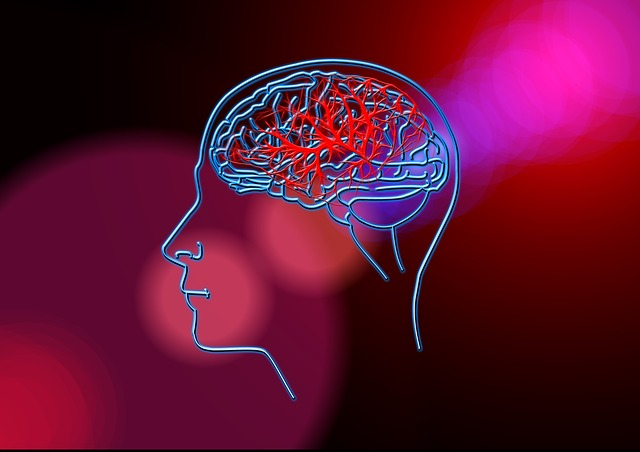
Post-traumatic stress disorder frequently occurs because of concussion-like brain injury and mostly affects military personnel, but the link between brain injuries and the condition has been unclear for long. A team of psychologists and neurologists from the University of California in Los Angeles in an experiment revealed a traumatic brain injury caused changes in a brain region called the amygdala, leading the brain to processes fear differently after such an injury.
Senior author Michael Fanselow, who holds the Staglin Family Chair in Psychology at UCLA and is the director of UCLA's Staglin Music Festival Center for Brain and Behavioral Health, said his team was learning whether one caused the other and how it occurred by studying two groups of rats – one with a brain injury and another without one.
Scientists developed a concussion-like brain injury through surgery in 19 rats and studied another 16 other rats -- a control group – who did not sustain a brain injury to conclude that PTSD was linked to increased activity in the amygdala. The scientists exposed the rats to a low level of noise, followed by a series of moderate, brief foot shocks which were frightening but not very painful, according to Fanselow, resulting in the rats associating the noise with the shock and becoming afraid of the noise.
The scientists said that rats in the control group did not freeze as much – a natural reaction for rats when experiencing fear and recalling a frightening memory – compared to rats that received the brain injury, who froze for a much longer time. The research published in the journal Scientific Reports revealed that even without receiving a foot shock, the rats that had a brain injury showed a fear response to the noise.
Lead author Ann Hoffman, a UCLA researcher in psychology, said sensitivity to noise was a common symptom after a concussion, which partly explained why fear reactions to certain stimuli increased after brain injury. "It's almost as if the white noise acted like the shock," Fanselow said, adding the noise scared PTSD patients even though it was not much as they treated it almost like a shock.
The researchers, who studied the amygdala crucial in learning fear, said people with PTSD have been linked to increased activity in the amygdala, which is made up of neurons, and five times as many neurons in the amygdala are active during the white noise in the rats with the brain injury than in the control group.
Fanselow said the amygdala listened to other brain areas that provided it with information and made a decision whether a situation was frightening. The researchers discovered the brain after the traumatic brain injury processed sounds from a more primitive part of the brain -- the thalamus -- than from a more sophisticated, highly evolved area called the auditory cortex.
The thalamus provides a more simplistic, crude representation of sound than the auditory cortex as about four times as many neurons are active in a network from the thalamus to the amygdala with an injury than in those without an injury.
Fanselow said his research provided a base for further research into whether it was possible to get the brain's amygdala back to normal following a concussion-like injury, perhaps through behavioral therapy or pharmaceutical, to benefit members of the military, as well as, civilians with serious brain injuries.









